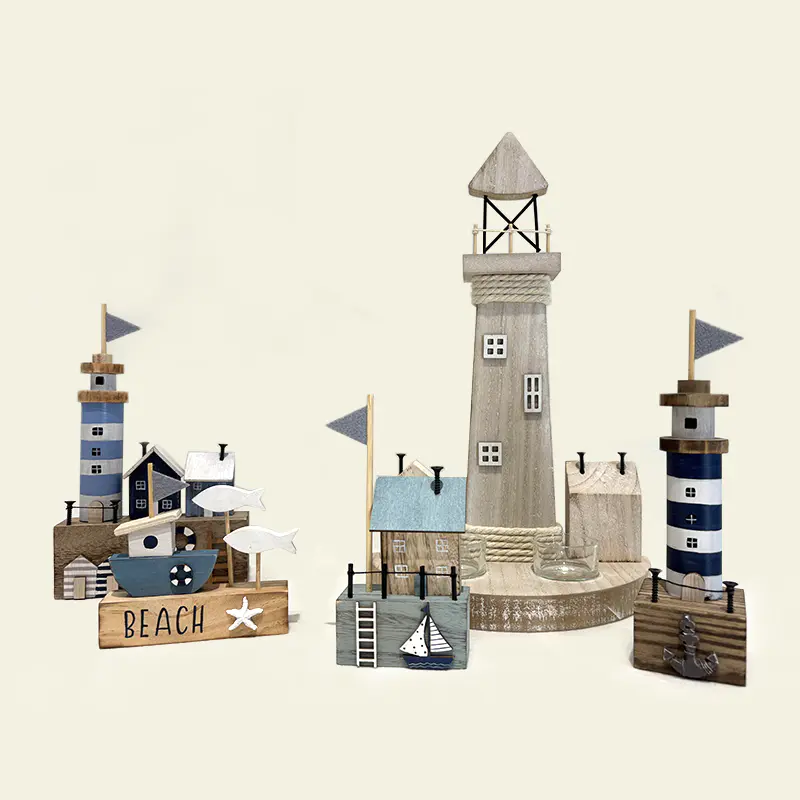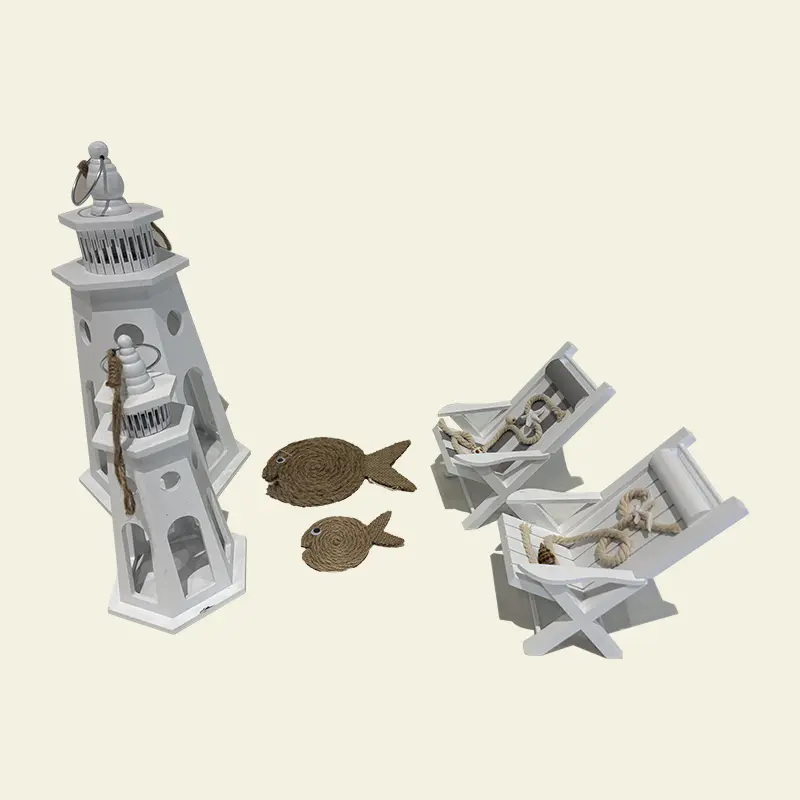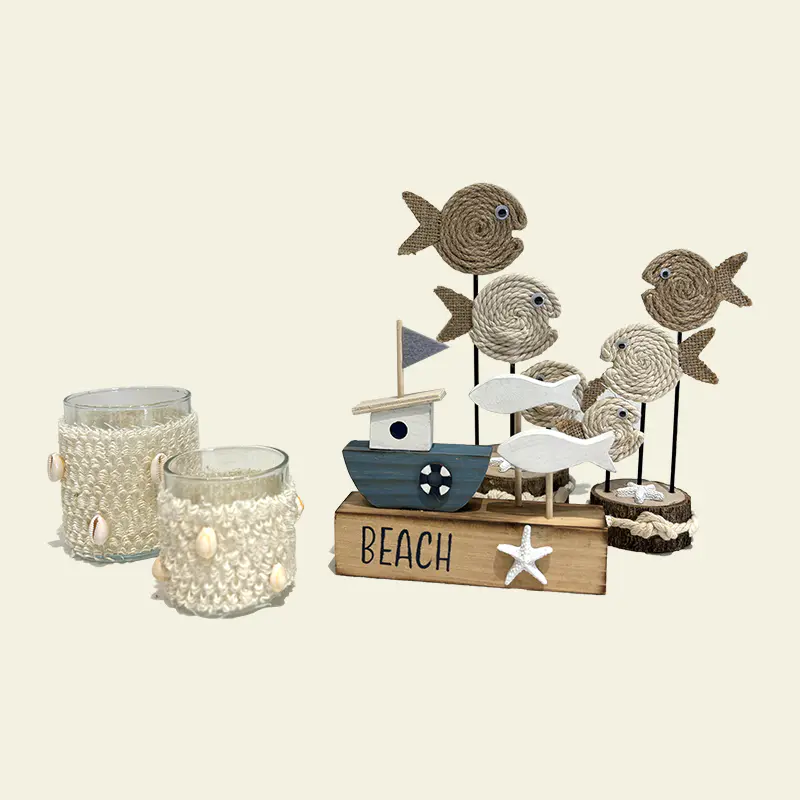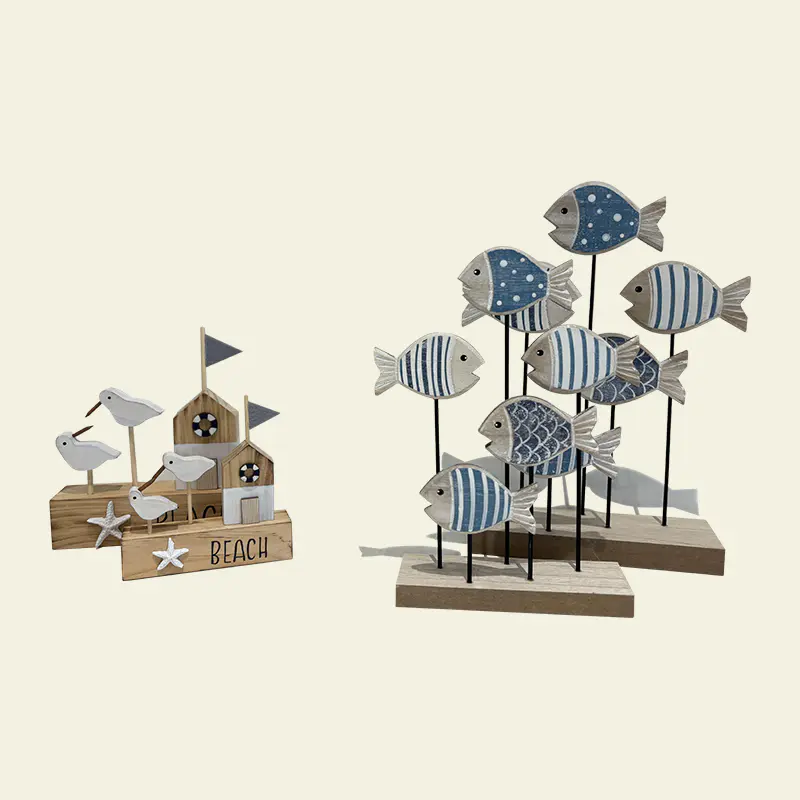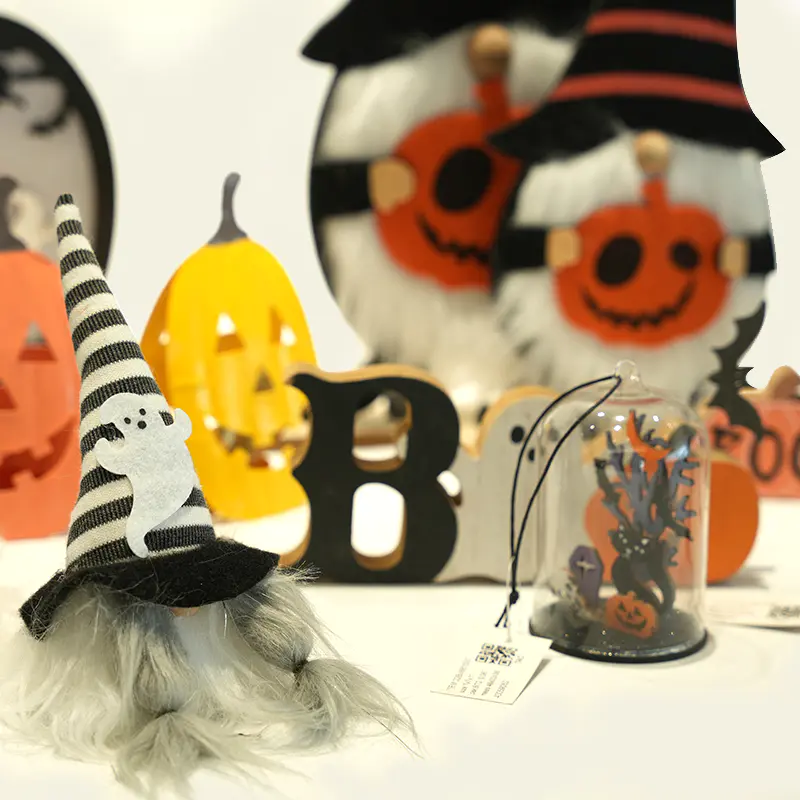Quote
How Do Fabric Doll Wholesale Trends Reflect Shifts in Consumer Preferences?
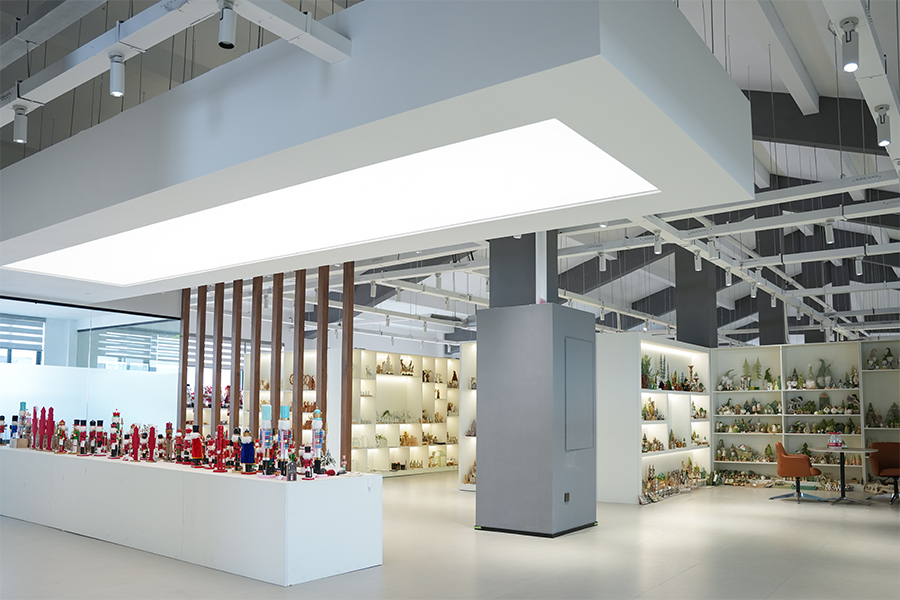
The toy industry is constantly evolving, shaped by cultural, social, and environmental influences. In recent years, fabric doll wholesale trends have undergone noticeable changes, driven largely by shifting consumer values and buying habits. These trends offer insight into what today's consumers prioritize when purchasing toys for their children or as collectibles. From material choices to diversity in design, fabric dolls now reflect broader lifestyle and societal movements.
A Growing Preference for Natural and Safe Materials
The apparent trends in the fabric doll wholesale market is the shift toward eco-conscious and child-safe materials. Increasingly, consumers are concerned about the products their children interact with, especially when it comes to items that are frequently handled, chewed, or hugged.
This has led wholesalers to source and supply fabric dolls made from organic cotton, non-toxic dyes, and recycled stuffing. Such choices align with consumer expectations for environmentally responsible manufacturing and product safety. Retailers who buy in bulk now often seek suppliers that can certify material origins and demonstrate transparency in production practices.
Demand for Handmade and Artisan Appeal
While mass production remains a core part of the fabric doll wholesale business, there is growing interest in dolls that convey a handcrafted or artisan feel. Even when produced in larger quantities, fabric dolls with hand-stitched details, varied facial expressions, and unique clothing designs are in demand.
This preference reflects a broader consumer desire for products that feel personal and distinct, even when purchased wholesale. Many small boutiques and online sellers now request custom or semi-custom wholesale orders to cater to this niche, combining volume with individuality.
Emphasis on Representation and Inclusivity
Today's buyers are increasingly mindful of diversity and representation in toys. As a result, fabric doll wholesale trends have shifted to include a broader range of skin tones, cultural dress styles, and facial features. This movement not only responds to societal conversations about inclusion but also helps children see themselves and others in the toys they play with.
Manufacturers and wholesalers who recognize this demand are offering dolls that represent various backgrounds and abilities. This inclusive approach helps retailers appeal to a wider audience and demonstrates a deeper understanding of modern consumer values.
Simple Aesthetics and Minimalist Design
While some dolls remain colorful and heavily accessorized, there's also growing demand for minimalist styles in the fabric doll wholesale market. These dolls typically feature soft, neutral color palettes, simple shapes, and understated clothing.
Minimalist designs often appeal to parents who prefer uncluttered, aesthetically pleasing environments or who follow specific lifestyle trends such as Scandinavian-inspired decor. Wholesalers have responded by offering fabric dolls that serve as both toys and decorative items.
Value in Storytelling and Packaging
Another noticeable trend is the emphasis on storytelling and presentation. Consumers not only want a product—they want an experience. Some fabric doll wholesale suppliers now include packaging with themed stories or character backgrounds, enhancing emotional engagement with the toy.
This trend reflects a consumer shift toward value-added purchases. Retailers who order dolls in bulk often seek options that include branded tags, display-ready boxes, or short narrative inserts that add meaning to the product and improve shelf appeal.
Fabric doll wholesale trends clearly mirror evolving consumer preferences in areas such as sustainability, inclusivity, design simplicity, and storytelling. As buyers become more intentional in their purchasing decisions, wholesalers and manufacturers must adapt to meet these changing demands. The growing emphasis on values beyond price—such as material integrity, emotional connection, and representation—shows how the traditional toy market continues to evolve in step with modern consumers.
Next: How Can Fabric Doll Wholesale Help You Grow Your Retail Business?



 English
English 中文简体
中文简体 Deutsch
Deutsch Español
Español
